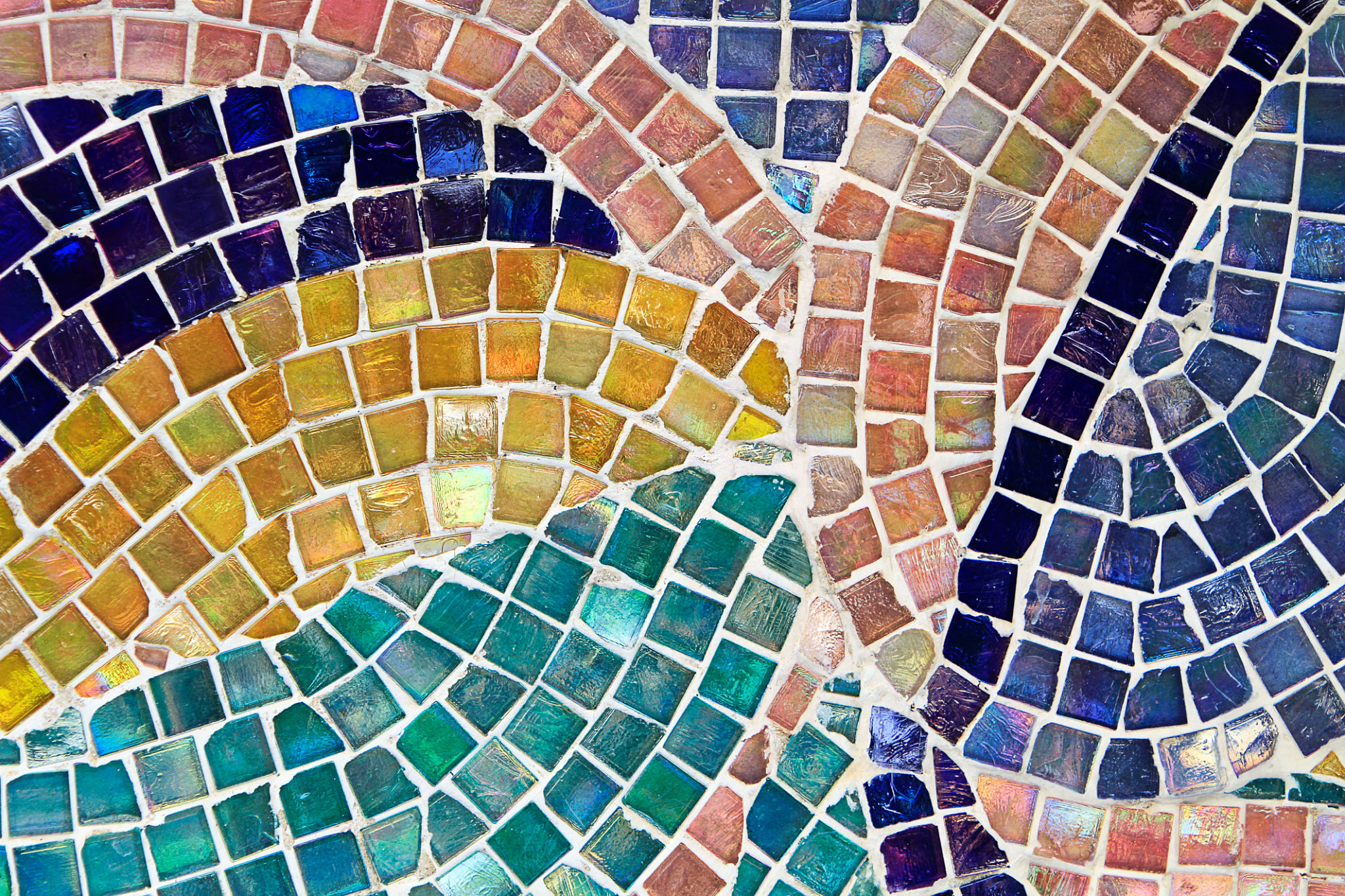The Art of Mosaic Murals: Transforming Spaces with Color and Texture
Understanding the Beauty of Mosaic Murals
Mosaic murals are an ancient art form that has stood the test of time. These intricate designs, composed of small pieces of colored glass, stone, or other materials, have been used to embellish walls and spaces for centuries. The beauty of mosaic murals lies in their ability to transform ordinary spaces into extraordinary works of art.
From ancient Roman bathhouses to modern urban landscapes, mosaic murals captivate viewers with their vibrant colors and intricate patterns. They not only add a layer of aesthetic appeal but also serve as a reflection of culture and history. The meticulous craftsmanship involved in creating mosaic murals makes them a testament to human creativity and innovation.

The Process of Creating a Mosaic Mural
Crafting a mosaic mural is a labor-intensive process that requires both precision and creativity. Artists begin by carefully planning the design, often drawing inspiration from nature, mythology, or abstract concepts. The selection of materials is crucial, as each piece must contribute to the overall color palette and texture of the mural.
Once the design is complete, artists meticulously cut and arrange thousands of tiny tiles or tesserae to form the intended image. This process demands patience and skill, as each piece must be carefully placed to achieve the desired effect. The end result is a stunning visual masterpiece that can transform any space into a vibrant canvas of color and texture.
Applications of Mosaic Murals in Modern Spaces
Mosaic murals are not confined to traditional settings; they have found their place in contemporary architecture and interior design as well. Urban spaces, such as public parks and transit stations, often feature large-scale mosaic murals that add a splash of color and artistic expression to otherwise mundane environments. These murals not only beautify the surroundings but also engage the community by becoming landmarks and points of interest.

In residential settings, mosaic murals can be used to create stunning focal points in kitchens, bathrooms, or entryways. The versatility of mosaic art allows homeowners to customize designs that reflect personal tastes and complement existing decor. Whether it’s a bold geometric pattern or a delicate floral motif, mosaic murals offer endless possibilities for personalization.
The Impact of Color and Texture
The interplay of color and texture in mosaic murals is what makes them truly unique. Each tile contributes to the overall composition, with variations in hue and material adding depth and dimension. This tactile quality invites viewers to engage with the artwork on a sensory level, creating an immersive experience that goes beyond visual appreciation.
Color theory plays a significant role in mosaic design, as artists carefully select shades that evoke specific emotions or enhance the architectural features of a space. This thoughtful use of color can dramatically alter the ambiance of a room, making it feel more vibrant or serene, depending on the desired effect.

Preserving the Legacy of Mosaic Art
Preserving mosaic murals is essential to maintaining their beauty and historical significance. While these artworks are durable, they still require regular maintenance to protect against environmental damage and wear over time. Conservation efforts ensure that future generations can continue to enjoy these masterpieces and appreciate their cultural value.
Furthermore, contemporary artists are finding innovative ways to keep the tradition of mosaic art alive. By experimenting with new materials and techniques, they are pushing the boundaries of what is possible with this ancient art form. This fusion of traditional craftsmanship with modern innovation ensures that mosaic murals will remain a vibrant part of our cultural landscape.
